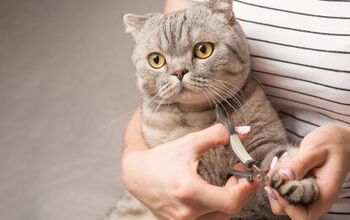Freshwater Clams: An Underutilized Invertebrate

When you think about clams, you probably picture them as food, not as something you keep in your home aquarium. But freshwater clams can actually be incredibly beneficial in the freshwater tank and they are generally fairly easy to care for. Keep reading to learn more about freshwater clams and to receive tips for keeping them in your own tank at home.
The Basics About Freshwater Clams
Though there are numerous species of freshwater clam, the species most commonly kept in the home aquarium is Corbicual sp., commonly referred to as the freshwater clam. Freshwater clams grow up to 2 inches in length and they serve a number of useful functions in the home aquarium.
For one thing, clams are living filters that help to keep the water in your tank clean and clear. Furthermore, they are scavengers which means that they will feed on detritus, uneaten fish food, and decaying organic matter which keeps it from accumulating in your tank substrate. You may still need to supplement your clam’s diet a bit, but most of its nutritional needs will be met by eating leftovers.
Related: Open Your Tank to Clams
Tips for Keeping Freshwater Clams at Home
Keeping freshwater clams in your aquarium at home is generally fairly easy. These clams can tolerate a wide range of water temperatures from 65°F to 85°F with a pH range between 6.5 and 8.0. Like most invertebrates, freshwater clams are sensitive to sudden changes in tank parameters and they will not tolerate any kind of copper-based medication.
Other than that, however, as long as your clam has sand to burrow into and detritus to feed on, it should be just fine. If you don’t want to use sand as your tank substrate, consider keeping your clam in a container of sand nestled into the bottom of your tank. Just poke some holes in the side of the container to allow water to flow through it.
Related: The Benefits of Hermit Crabs in Your Aquarium
Although freshwater clams are fairly easy to care for, it is difficult to tell sometimes if there is a problem. A clam can survive for quite a while without food, so you may not notice that something is wrong until it is too late. If your clam is healthy, you will notice slow but steady growth – you may even want to measure your clam twice a month just to keep track of his growth.
If your clam stops growing, it could be a sign of starvation and you should start supplementing the clam’s diet with a high-quality invertebrate food. Another sign that something may be wrong with your clam is if it fails to exhibit a healthy defense mechanism – healthy clams will close their shells quickly if the water around them is disturbed or if they are startled.
Though freshwater clams are fairly easy to care for, you still need to be careful to keep them in good health. When clams die, their death can lead to a serious ammonia spike which can be dangerous for your other tank inhabitants. With a little bit of research and time, however, you can make sure that your freshwater clams will be as happy as clams!

Kate Barrington is the loving owner of two cats (Bagel and Munchkin) and a noisy herd of guinea pigs. Having grown up with golden retrievers, Kate has a great deal of experience with dogs but labels herself a lover of all pets. Having received a Bachelor's degree in English, Kate has combined her love for pets and her passion for writing to create her own freelance writing business, specializing in the pet niche.
More by Kate Barrington























